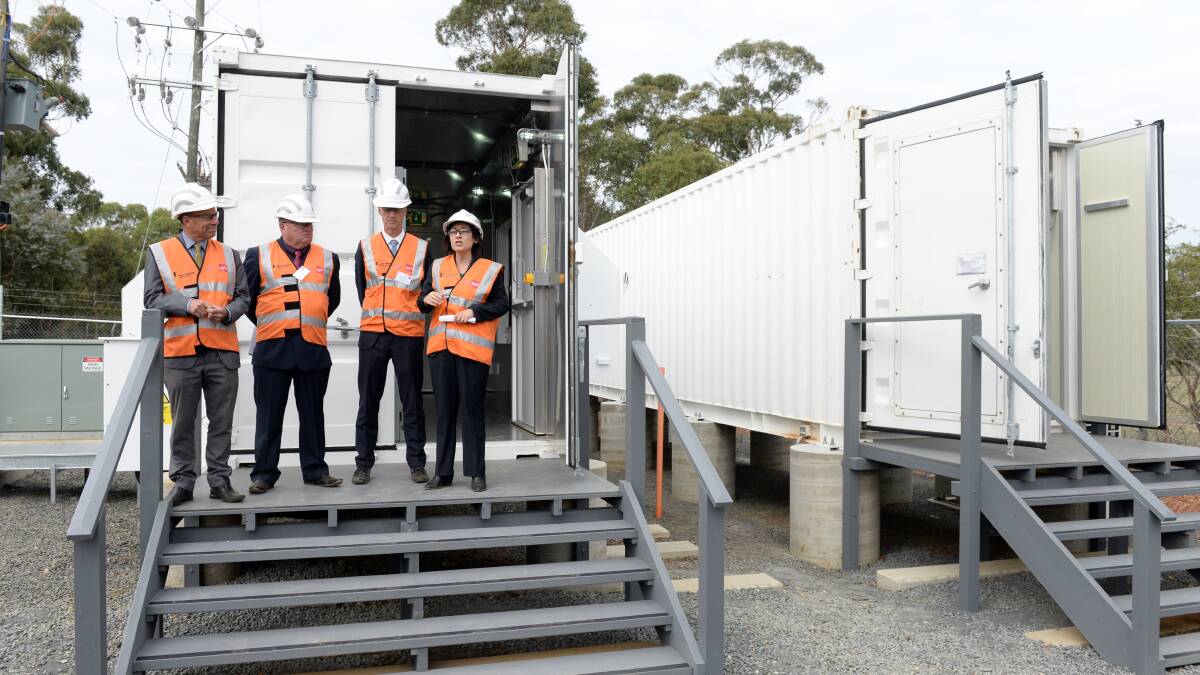
Powercor has told residents their blunder that released a plume of flame retardant into the environment almost two weeks ago will not have any lasting impact on the environment.
Subscribe now for unlimited access.
$0/
(min cost $0)
or signup to continue reading
An occupational hygienist presented his findings to residents on Tuesday morning.
A spokeswoman said the testing confirmed dangerous chemicals that could be found in the retardant were not in the soil or water surrounding the Buninyong – Mt Mercer Road facility.
“We’ve received a report from the lab confirming (there were) no residues of resin products were identified in any of the soil or water samples,” she said.
But one resident said they would be waiting for the Environmental Protection Authority’s report before they were completely convinced.
Val Brown lives next door and watched as the powder came onto her property on Friday, April 15.
“We’re still waiting for the EPA investigation to go through,” she said.
She was positive about Powercor’s response to their wider concerns about ‘Australia’s largest battery’ being installed next door, however.
“It has been a learning curve for them, and it seems like they want to work in with the residents to try and address all the concerns (we have),” she said.
Mrs Brown said they had recognised their anger over constant noise from the facility as well.
The research was done by JTA Health, Safety and Noise, who took samples on April 19 and handed the report to Powercor on April 22.
The quickly-compiled report outlines the dangers of possible contaminants of the FirePro retardant that was released during testing at the facility.
“A review of the SDS for FirePro and other research identified epichlorhydrin and bisphenol A as hazardous constituents that could present a risk to adjoining residents properties and potassium salts as possibly significant due to them being the largest component of the product,” the report said.
“No residues of either epichlorhydrin or bisphenol A, were identified in any of the soil or water samples at the detection limit of 0.1 milligrams per kilogram.”

